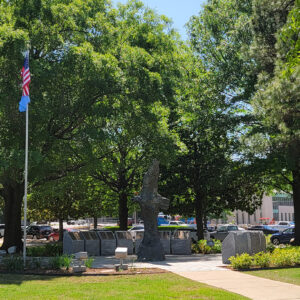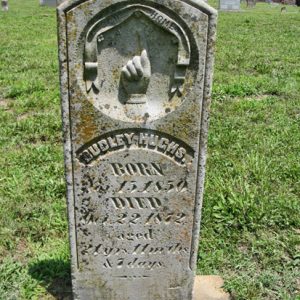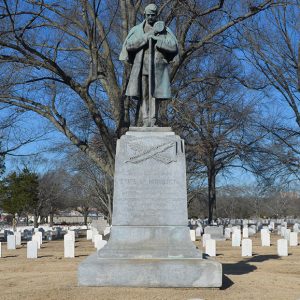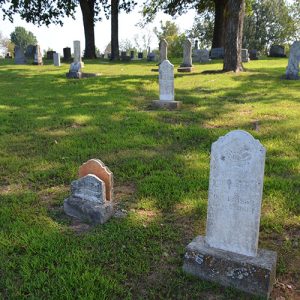 Magnolia Cemetery
Magnolia Cemetery
Entry Category: Cemeteries and Memorials - Starting with M
 Magnolia Cemetery
Magnolia Cemetery
McCraw Cemetery
 McCraw Cemetery Gravestones
McCraw Cemetery Gravestones
 McCrew Cemetery
McCrew Cemetery
 McPherson Grave
McPherson Grave
 Medal of Honor Recipients Memorial
Medal of Honor Recipients Memorial
 Medal of Honor Recipients Memorial
Medal of Honor Recipients Memorial
 Memorial Bench
Memorial Bench
 Memorial Garden
Memorial Garden
Memorial to Company A, Capital Guards
aka: Lest We Forget
Mike Meyer Disfarmer Gravesite
 Nick Miller Carving
Nick Miller Carving
 Minnesota Monument
Minnesota Monument
Minnesota Monument
 Minnesota Monument Inscription
Minnesota Monument Inscription
 Monticello Confederate Monument
Monticello Confederate Monument
Monticello Confederate Monument
 Monument to Confederate Women
Monument to Confederate Women
 Monument to Confederate Women
Monument to Confederate Women
 Monument to Confederate Women
Monument to Confederate Women
 Monument to Confederate Women
Monument to Confederate Women
Monument to Confederate Women
Mount Holly Cemetery
 Mountain Home Cemetery
Mountain Home Cemetery




